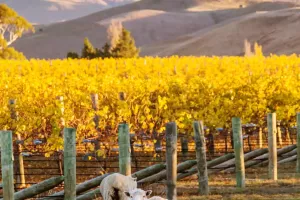Flying Flowers
The butterfly rested on a clump of wildflowers, its mottled wings flapped from time to time, the golden veins shone like a net, and the pale blue tentacles were as slender as brocade. Butterflies are known as "flying flowers" and are very beautiful insects.
The history of butterflies.
The most comprehensive document on the taxonomic system of the world's butterflies is undoubtedly The Giant Lepidoptera of the World, edited by German entomologist A. Seitz.
The book is divided into the Palaearctic region, the Indo-Australian region, the Americas region and the African region to publish the world's butterflies. Butterfly primary color editions are available in each volume, providing a basis for further study.
Distribution range.
Butterflies are found all over the world, but the most diverse are Neotropical, Indo-Australian and African tropics.
Mainly concentrated in the Amazon basin of South America. The tropical rainforests and rich vegetation in the region are home to one-third of the world's butterflies.
Characteristics of butterflies.
The ends of the antennae are thickened, the wings are broad, and the wings are erect on the back when resting. The antennae of butterflies are rod-shaped, and the segments of the antennae are thick and hammer-shaped. The body and wings are covered with flat scaly hairs. The abdomen is slender.
Habits of butterflies.
Developmental stage.
Butterflies are completely metamorphic insects, and they need to go through four developmental stages: egg, larva, pupa and adult. The first three developmental stages are often called the larval stage.
The developmental process of a butterfly egg from leaving the mother body to adult sexual maturity is called the life cycle or life history, and such a process is often referred to as a generation.
Activity time.
Butterflies are diurnal insects, their activity is during the day, and their flight attitude and speed vary from species to species.
Food.
Larval stage: When the butterfly is in the larval stage, it mainly feeds on the leaves, flower buds, stems and leaves of various vegetables, etc.
Adult stage: mainly feed on nectar or plant sap.
Feeding characteristics.
After the butterfly larvae hatch, some species will rest for a while, some species will directly eat the host plant, and some species will first eat the eggshell and then the plant.
Spawning characteristics.
Normally, most female butterflies lay their eggs on the plants of their host plants, but different species choose to lay their eggs in different locations.
Eggs are laid in plant stems or bark folds.
Butterflies have high ornamental and economic value.
There are many kinds of butterflies with bright colors, especially the butterfly membrane is extremely gorgeous.
In the textile process, people use the spectrum to analyze many chromatograms from the color of butterfly wings, providing clothing designers with a variety of harmonious colors, trims and clothing color matching, giving people a sense of beauty.
According to the color and pattern of butterfly wings, various patterns of floral fabrics can be designed.
Have you ever seen a beautiful butterfly?


